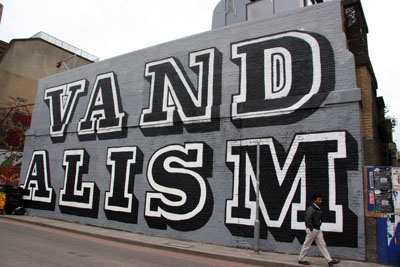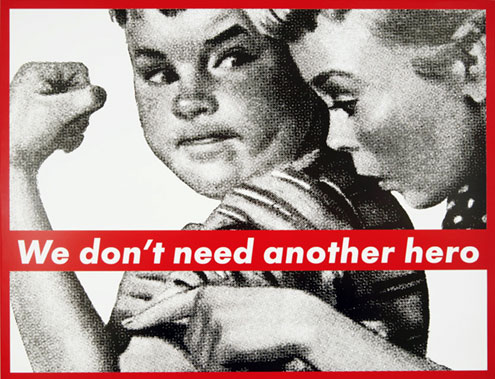McCullin D (1968), "Fallen North Vietnamese Soldier" http://www.vam.ac.uk/images/image/41127-popup.html
As a photojournalist most of his work is of scenes that are uninterrupted by himself. However in this image McCullin actually edited the way we read “the photographic text” (Clarke 1997) by placing the belongings of the murdered man in this way. Although the scene that he is photographing is already deeply unsettling and saddening he has added to these awful feelings by rearranging the scene. He has opened the wallet of the man who has just died, opened it to the page with a photo of someone he no doubt loved. We do not know that he loved this person, but it is one of the connections that we assume without realising. He has also placed the wallet just past the reach of the man’s hand, making it appear as if in this man’s last minutes of life he is reaching for the last bit of family contact that he has. Also placed among his wallet is a small opened box of possessions, with more passport sized photographs and a bag of unused bullets.
This photo has been arranged with our victim at the top of the frame, however the angle of the photo itself has been taken so that the lower of the image is in the foreground. Therefore we read the bottom of the image first, all the victim’s belongings. Then from these we notice the man’s hand, almost as if it is part of the rubble on the floor, then we work our way up, and by this point we do it reluctantly as we have already made the assumptions to what that hand is attached to, to the body of the man that has lost his life in war. We do not need to realise any other part of the image, every other aspect we have already assumed, this is where the photographer has real power as “what we see in a photograph and what we are asked to view”. The ways that we read photographs must always be carefully throughout, as in most cases the photographer wants everybody to read the photograph in the same way.







